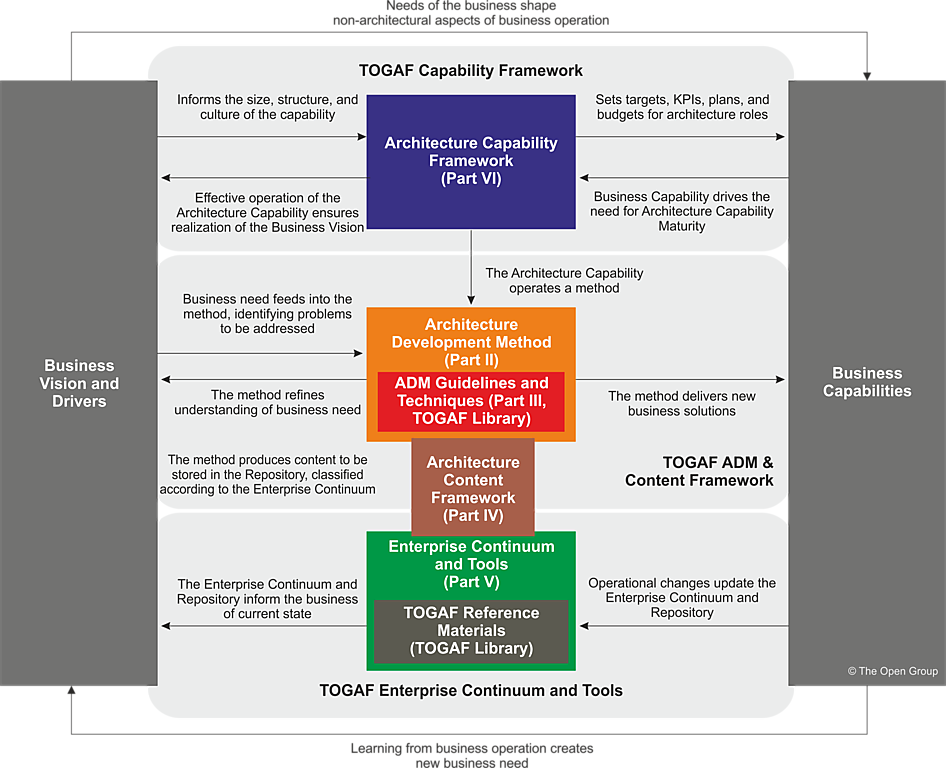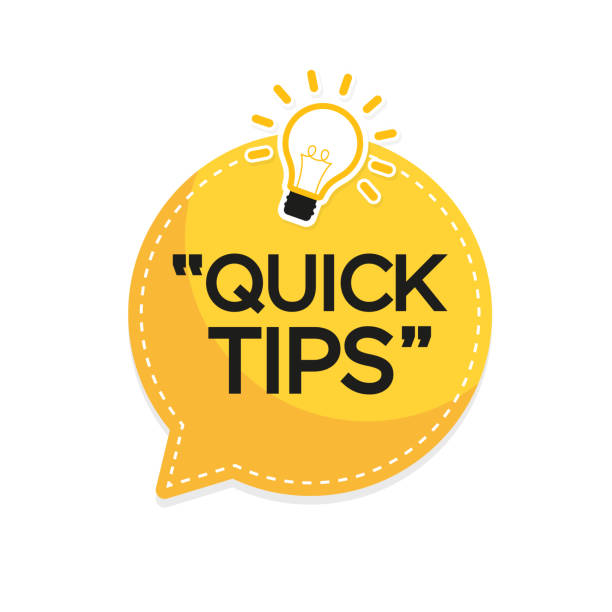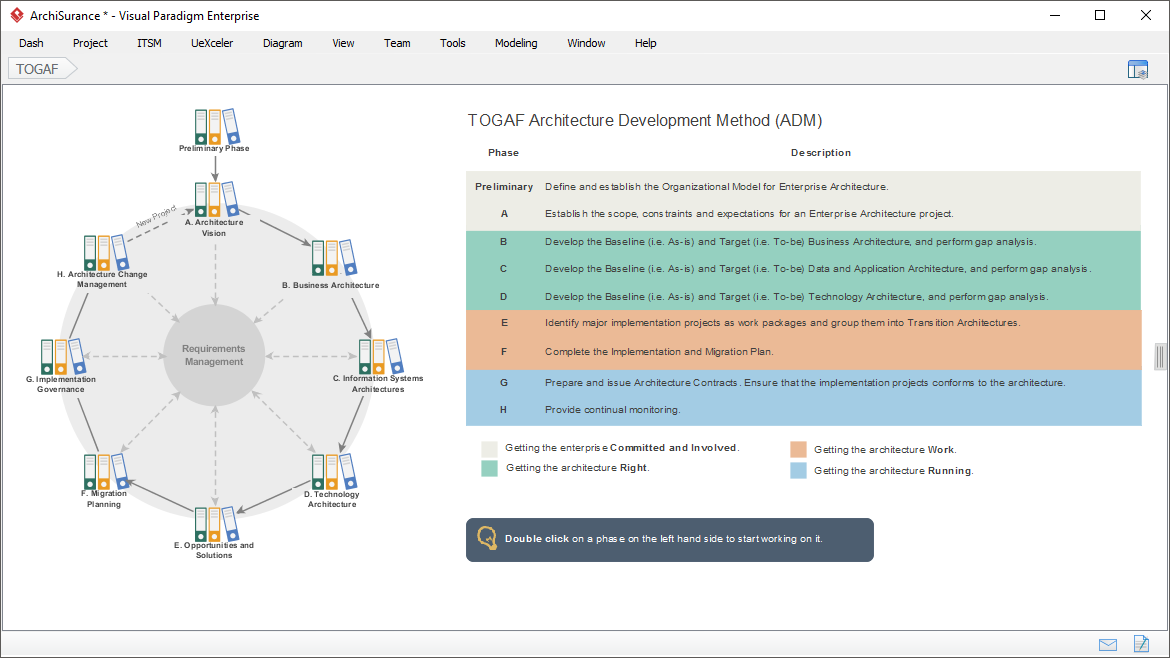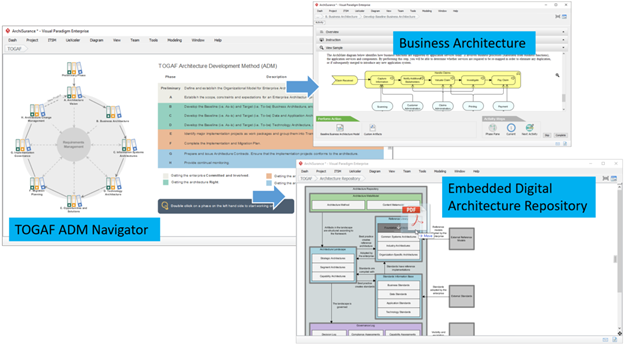Mastering TOGAF ADM with Visual Paradigm: A Comprehensive Guide to Enterprise Architecture Success
Introduction:
Enterprise architecture is a vital discipline for organizations seeking to align their business strategies with technology solutions effectively. In this complex landscape, the TOGAF (The Open Group Architecture Framework) standard has emerged as a leading framework for guiding the creation and management of enterprise architectures. At its core, TOGAF offers the Architecture Development Method (ADM), a systematic approach that outlines how to develop and maintain enterprise architectures.
Mastering TOGAF ADM is not just a theoretical pursuit; it’s a practical skill that can enhance an architect’s ability to design and manage complex systems. In this comprehensive guide, we will take you through the essential components of TOGAF ADM, providing you with a step-by-step roadmap to understand, apply, and excel in enterprise architecture using TOGAF.
Learning TOGAF ADM
Mastering the TOGAF Architecture Development Method (ADM) involves a systematic approach to understanding and applying the TOGAF framework for enterprise architecture. Here’s a step-by-step guide to learning and mastering TOGAF ADM, based on the six parts you’ve provided from the TOGAF Standard:

1. Start with Part I – Introduction:
- Begin by reading Part I of the TOGAF Standard, which provides an introduction to key concepts in enterprise architecture and the TOGAF approach. Pay close attention to the definitions of terms used throughout the standard to build a solid foundation.
2. Dive into Part II – Architecture Development Method (ADM):
- Part II is the core of TOGAF, describing the ADM – the step-by-step approach to developing an Enterprise Architecture. Study this section thoroughly as it forms the basis for your architectural work. Understand each phase of the ADM, such as Preliminary, Architecture Vision, Business Architecture, and so on.
3. Explore Part III – ADM Guidelines & Techniques:
- In this section, you will find guidelines and techniques for applying the TOGAF approach and ADM effectively. Study these guidelines and techniques to gain practical insights into how to implement TOGAF in real-world scenarios.
4. Understand Part IV – Architecture Content Framework:
- Part IV describes the content framework, including the structured metamodel for architectural artifacts and the use of re-usable Architecture Building Blocks (ABBs). Learn how to create and manage architectural deliverables using this framework.
5. Study Part V – Enterprise Continuum & Tools:
- This section discusses taxonomies and tools for categorizing and storing architecture outputs. Understand how to use these tools effectively and how to leverage the Enterprise Continuum to manage architectural assets.
6. Master Part VI – Architecture Capability Framework:
- Part VI covers the organization, processes, skills, roles, and responsibilities required to establish and operate an architecture function within an enterprise. Learn about the structure and operation of an architecture capability within an organization.
7. Practice and Apply TOGAF:
- Theory alone is not enough. Practice applying TOGAF ADM in real-world scenarios. Consider using case studies or applying TOGAF principles to actual projects within your organization.
8. Join TOGAF Training and Community:
- Consider enrolling in TOGAF training courses and workshops. Additionally, join TOGAF-related forums and communities to connect with other professionals, ask questions, and share experiences.
9. Stay Updated:
- Keep yourself updated with the latest developments in TOGAF by referring to updates and resources provided by The Open Group, such as the TOGAF Library and official documentation.
10. Certification (Optional):
- If you wish to formalize your knowledge and expertise, consider pursuing TOGAF certification. TOGAF certifications, such as TOGAF 9 Certified, demonstrate your proficiency in using the framework.
Remember that mastering TOGAF ADM is a continuous learning process, and practical experience is invaluable. As you gain experience and expertise, you can tailor TOGAF to meet the specific needs of your organization and its architecture projects.
How to Learn TOGAF ADM: Tips and Tricks
Mastering the TOGAF Architecture Development Method (ADM) can be a rewarding endeavor, but it requires dedication and a structured approach. Whether you’re looking to obtain TOGAF certification or simply want to enhance your enterprise architecture skills, here are some valuable tips and tricks to help you learn TOGAF ADM effectively:

1. Start with a Solid Foundation:
- Begin by familiarizing yourself with the core concepts of enterprise architecture and the TOGAF framework. Part I of the TOGAF Standard provides an excellent foundation, so read it thoroughly.
2. Follow a Structured Learning Path:
- TOGAF ADM is divided into several phases, each with its own set of activities and deliverables. Follow a structured learning path that covers each phase in detail, ensuring you understand the purpose and key tasks associated with each.
3. Hands-on Practice is Key:
- Theory alone won’t suffice. Apply what you learn to real-world scenarios or projects whenever possible. Practicing TOGAF ADM in actual situations will deepen your understanding and build your competence.
4. Use Resources Wisely:
- Utilize TOGAF documentation, study guides, online courses, and training materials. The Open Group provides official resources that align with the TOGAF Standard, making it easier to learn and apply TOGAF ADM.
5. Leverage Case Studies:
- Case studies can provide valuable insights into how TOGAF ADM is implemented in different contexts. Analyze real-world examples to see how organizations have successfully applied the framework.
6. Join TOGAF Communities:
- Engage with TOGAF communities, forums, and discussion groups. These platforms are excellent for networking, asking questions, and sharing experiences with fellow learners and professionals.
7. Seek Guidance from Mentors:
- If possible, find a mentor who is experienced in TOGAF ADM. Their guidance and expertise can help you navigate the intricacies of the framework and provide valuable insights.
8. Break Down the ADM Phases:
- Break down the ADM phases into manageable chunks. Focus on mastering one phase at a time before moving on to the next. This approach can prevent overwhelm and ensure thorough understanding.
9. Practice Exam Questions:
- If you plan to pursue TOGAF certification, practice with exam questions and sample tests. This will help you become familiar with the exam format and assess your readiness.
10. Stay Updated:
- Keep abreast of updates and changes in the TOGAF Standard. The field of enterprise architecture evolves, so staying current is essential to maintaining your expertise.
11. Collaborate with Peers:
- Collaborate with colleagues or peers who are also learning TOGAF ADM. Discussing concepts, sharing insights, and working on projects together can enhance your learning experience.
12. Be Patient and Persistent:
- Learning TOGAF ADM is a journey that requires patience and persistence. Don’t be discouraged by challenges or setbacks; instead, view them as opportunities for growth.
Remember that TOGAF ADM is a versatile framework that can be tailored to suit your organization’s specific needs. As you progress in your learning journey, you’ll not only gain a deep understanding of TOGAF but also the ability to apply it effectively to drive successful enterprise architecture initiatives.
Streamlining TOGAF Adoption and Deliverables Generation
Visual Paradigm offers a powerful tool that can significantly enhance your TOGAF (The Open Group Architecture Framework) journey – the Guide-Through Process. This tool is designed to streamline the adoption of TOGAF ADM (Architecture Development Method) and, perhaps even more impressively, to assist in the automatic generation of key deliverables. Here’s how it can help you navigate the complex world of TOGAF more effectively:

1. Simplified Learning and Onboarding:
Visual Paradigm’s Guide-Through Process provides a structured and user-friendly approach to learning TOGAF ADM. Whether you are new to TOGAF or a seasoned practitioner, this feature offers a step-by-step guide that simplifies the understanding and application of TOGAF’s intricate framework. It breaks down the complex process into manageable segments, ensuring that you grasp each phase of the ADM thoroughly.
2. Automated Deliverables Generation:

One of the standout features of Visual Paradigm’s Guide-Through Process is its ability to assist in the automatic generation of essential architecture deliverables. TOGAF ADM involves the creation of numerous artifacts, such as architecture visions, business architecture models, and more. Manually generating these documents can be time-consuming and error-prone. Visual Paradigm’s tool, however, automates this process, saving you valuable time and ensuring the accuracy and consistency of your deliverables.
3. Tailored Guidance for Each Phase:
The Guide-Through Process is not a one-size-fits-all tool. It adapts to your specific project needs and guides you through each phase of the ADM, providing context-relevant tips, templates, and best practices. This customization ensures that you receive guidance that is directly applicable to your project’s objectives and scope.
4. Real-Time Collaboration and Communication:
Collaboration is a crucial aspect of enterprise architecture. Visual Paradigm’s tool fosters real-time collaboration among team members. It allows you to work together seamlessly, discuss ideas, and share progress within the platform, promoting effective communication and alignment throughout the architecture development process.
5. Integration with Existing Tools and Systems:
Visual Paradigm’s TOGAF ADM tool is designed to integrate smoothly with your existing systems and tools. Whether you use project management software, modeling tools, or document management systems, this tool can bridge the gap and ensure a cohesive workflow.
6. Compliance and Standards Adherence:
TOGAF is known for its adherence to industry standards and best practices. Visual Paradigm’s Guide-Through Process helps ensure that your architecture work aligns with these standards, reducing the risk of non-compliance and fostering a robust and dependable architectural foundation.
In summary, Visual Paradigm’s TOGAF ADM Guide-Through Process is a versatile tool that simplifies the adoption of TOGAF ADM and accelerates the creation of crucial deliverables. By offering a structured and customizable approach, automating deliverables generation, and promoting collaboration, it empowers architects and teams to achieve their architectural goals more efficiently and effectively. Whether you’re just beginning your TOGAF journey or looking to optimize your existing practices, this tool can be a game-changer in your enterprise architecture endeavors.
Conclusion
we’ve explored the comprehensive world of TOGAF ADM (The Open Group Architecture Development Method) and its application with Visual Paradigm’s Guide-Through Process. TOGAF ADM stands as a foundational framework for enterprise architecture, providing a systematic approach to creating and managing architectural solutions within organizations.
We discussed the essential steps to mastering TOGAF ADM, emphasizing the importance of a structured learning path, hands-on practice, and engagement with TOGAF communities. The process involves understanding core concepts, following a structured ADM approach, and gaining practical experience through real-world applications.
Moreover, we highlighted how Visual Paradigm’s Guide-Through Process takes the complexity out of TOGAF ADM adoption. This innovative tool simplifies the learning process, automates the generation of critical deliverables, and ensures project-specific guidance for each ADM phase. It also fosters collaboration, integrates with existing systems, and helps architects maintain compliance with industry standards.
The journey to mastering TOGAF ADM is a rewarding one that can significantly enhance an architect’s ability to design and manage enterprise architectures effectively. With the support of tools like Visual Paradigm’s Guide-Through Process, the complexities of TOGAF ADM become more manageable, leading to increased efficiency and success in enterprise architecture initiatives. Whether you’re just starting or seeking to optimize your TOGAF practices, a structured approach and the right tools can make all the difference in your architectural endeavors.

